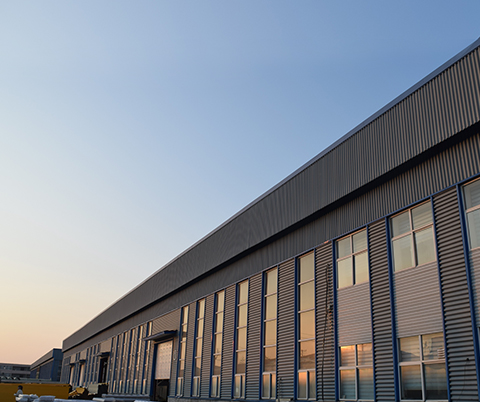loading...
- No. 9, Xingyuan South Street, Dongwaihuan Road, Zaoqiang County, Hengshui, Hebei, China
- admin@zjcomposites.com
- +86 15097380338
- Welcome to visit our website!
FRP Bridge Deck Solutions - Lightweight & Durable Decking for Modern Infrastructure
The Advantages of FRP Bridge Decks
In recent years, the use of fiber-reinforced polymer (FRP) materials in civil engineering has gained significant traction, particularly in the construction of bridge decks. The innovative properties of FRP materials are transforming how we approach the design, construction, and maintenance of bridges, providing numerous benefits over traditional materials such as concrete and steel.
One of the most notable advantages of FRP bridge decks is their lightweight nature. Compared to conventional concrete decks, FRP is significantly lighter, which reduces the overall load on the bridge's supporting structures. This is particularly advantageous in cases where existing structures are unable to support the additional weight of traditional materials. The reduced weight of FRP also leads to lower transportation and installation costs, making it an economically attractive option for many infrastructure projects.
The Advantages of FRP Bridge Decks
The design flexibility offered by FRP materials is unparalleled. Engineers can fabricate FRP bridge decks in various shapes and sizes to meet specific project requirements. This adaptability can result in aesthetically pleasing designs that complement their surroundings, a crucial consideration in many urban and rural settings. The ability to design custom solutions also leads to improved structural performance, as engineers can tailor the decks to the unique demands of each bridge.
frp bridge deck

Another important benefit of FRP bridge decks is their ease of installation. The modular design often allows for rapid assembly, minimizing traffic disruptions during construction. Additionally, because they are not as dependent on weather conditions as traditional concrete pours, construction schedules can be adhered to more reliably. This efficiency not only benefits the construction process but also improves safety by reducing the time workers spend on site.
Furthermore, FRP bridge decks exhibit excellent thermal insulation properties. They are less susceptible to temperature fluctuations, which can lead to expansion and contraction in traditional materials. This attribute not only contributes to the longevity of the bridge but also enhances the safety and comfort of users.
The environmental impact of using FRP materials should not be overlooked. Many FRP products are made from sustainable resources, and their long lifespan reduces the need for resource-intensive repairs or replacements. Additionally, the lightweight nature of FRP can lead to reduced fuel consumption during transportation.
In conclusion, the integration of fiber-reinforced polymer bridge decks into modern infrastructure projects represents a significant advancement in engineering materials. With their lightweight, durable, and flexible properties, along with reduced maintenance needs and environmental impact, FRP materials are setting new standards in bridge construction. As more engineers and municipalities recognize these advantages, the future of bridge design is likely to be increasingly dominated by FRP technology.
-
The Expansive Industrial Reign of FRP Pressure VesselsNewsAug.22,2025
-
Manufacturing Premium FRP Square Pipes for Global Wholesale ExcellenceNewsAug.22,2025
-
Strategic Applications for FRP Grating SolutionsNewsAug.22,2025
-
Material Science Forging GRP Water Tank LongevityNewsAug.22,2025
-
The Engineered Excellence: Material Science Behind FRP Railing SystemsNewsAug.22,2025
-
How Digital Pultrusion Revolutionizes FRP Profile WholesalingNewsAug.22,2025
-
The Rise of FRP Profiles: Strong, Lightweight, and Built to LastNewsJul.14,2025
